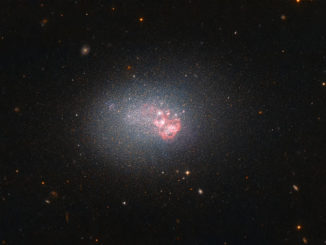
Picture This

Picture This

Picture This
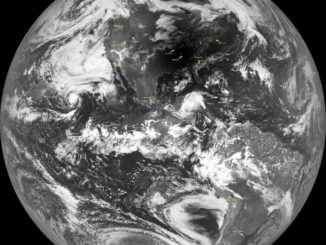
Picture This
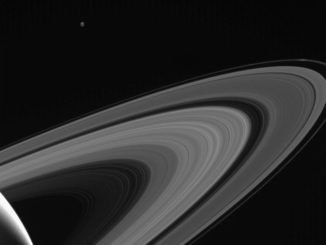
Picture This
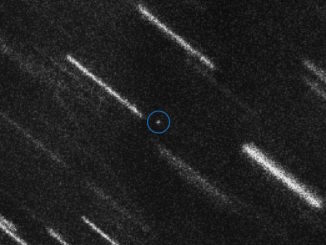
Picture This
A very close encounter
Back in October 2012, the near-Earth asteroid 2012 TC4 had a close encounter with Earth. It passed our planet at a distance only a quarter of that between the Earth and the Moon. In October 2017, this small asteroid, with a size of only about 15 to 30 metres, will return for another very close fly-by, making it the perfect object to test the asteroid detection and tracking network.
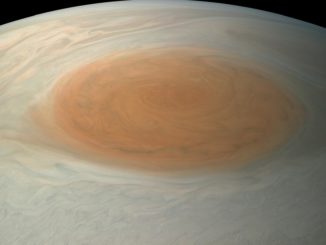
Picture This
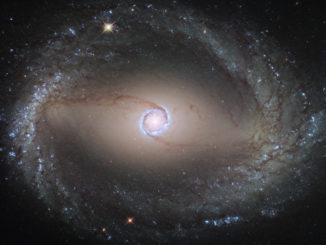
Picture This
Galactic David and Goliath
The gravitational dance between two galaxies in our local neighbourhood has led to intriguing visual features in both as witnessed in this new NASA/ESA Hubble Space Telescope image. The tiny NGC 1510 and its colossal neighbour NGC 1512 are at the beginning of a lengthy merger, a crucial process in galaxy evolution.
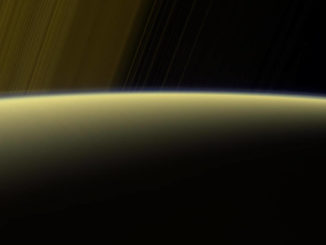
Picture This
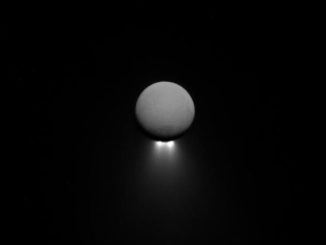
Picture This
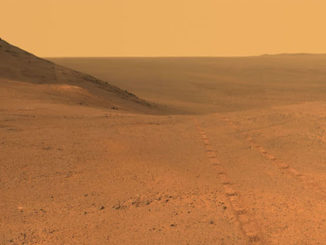
Picture This
